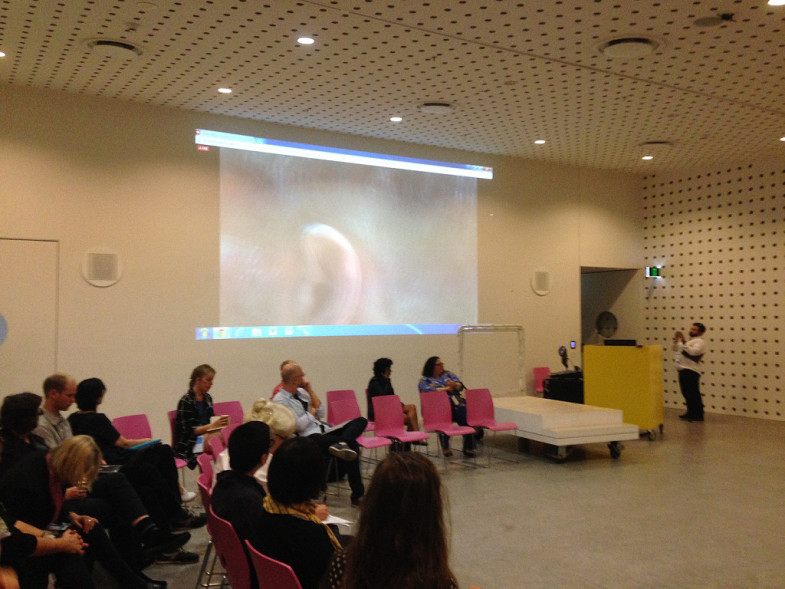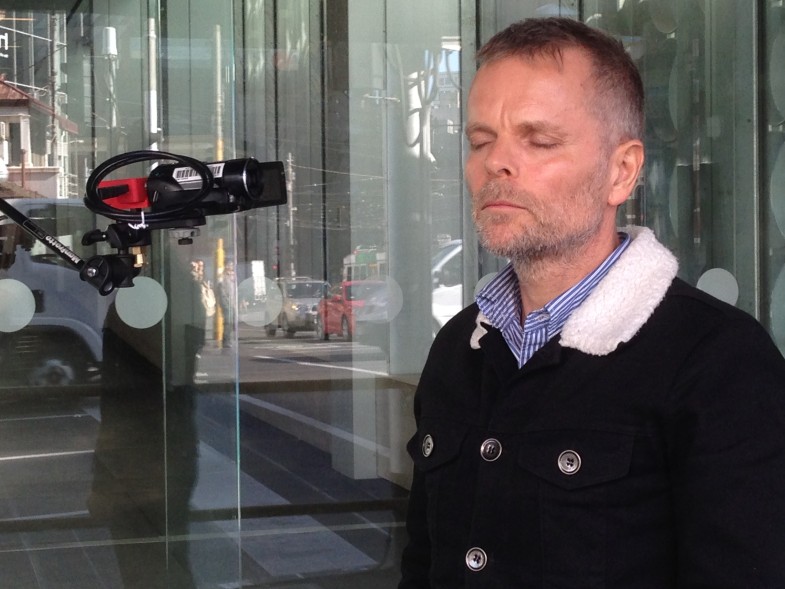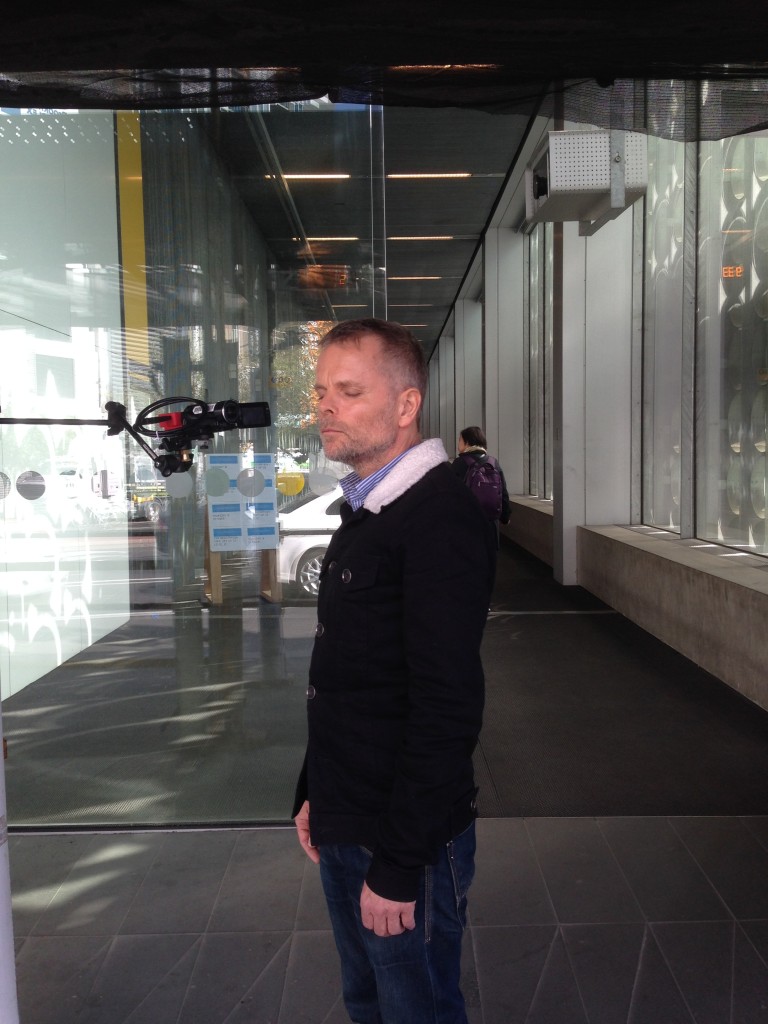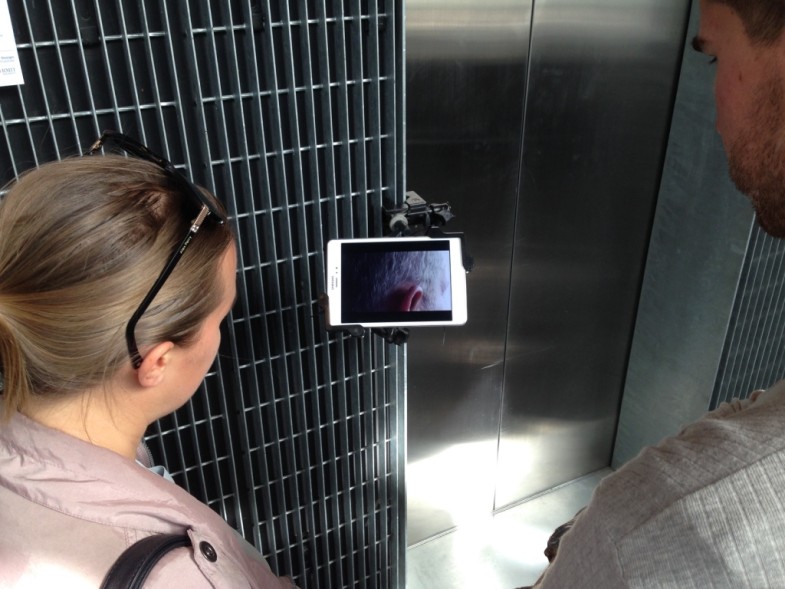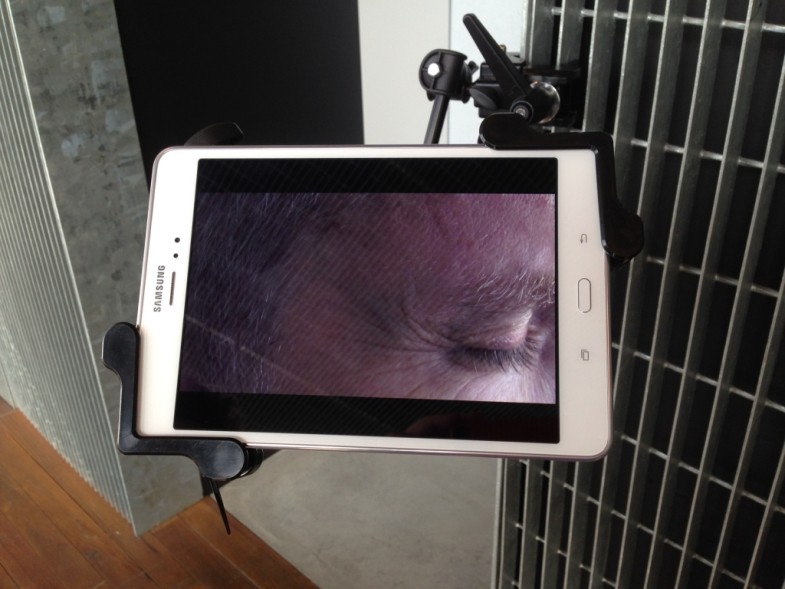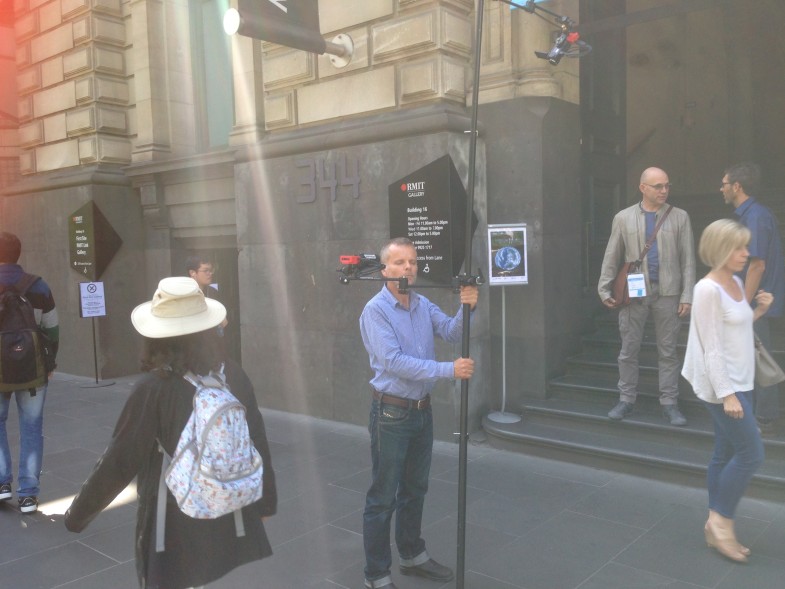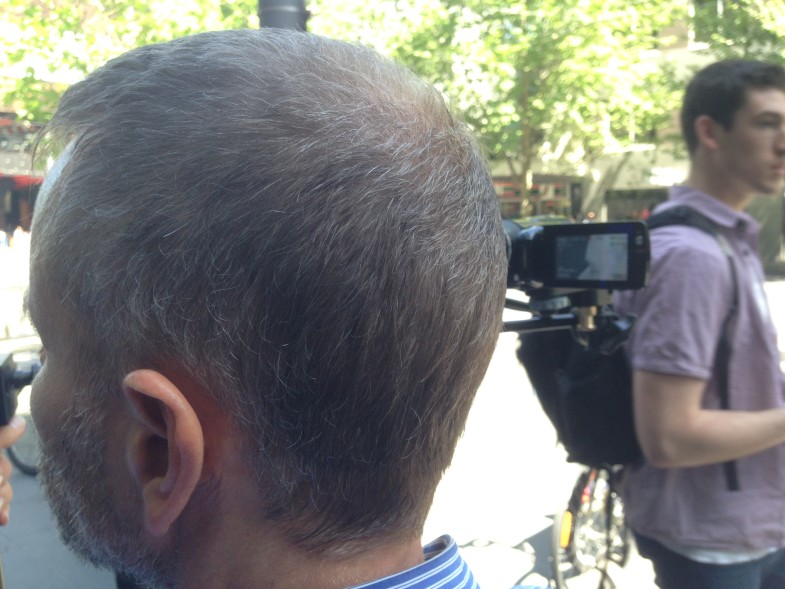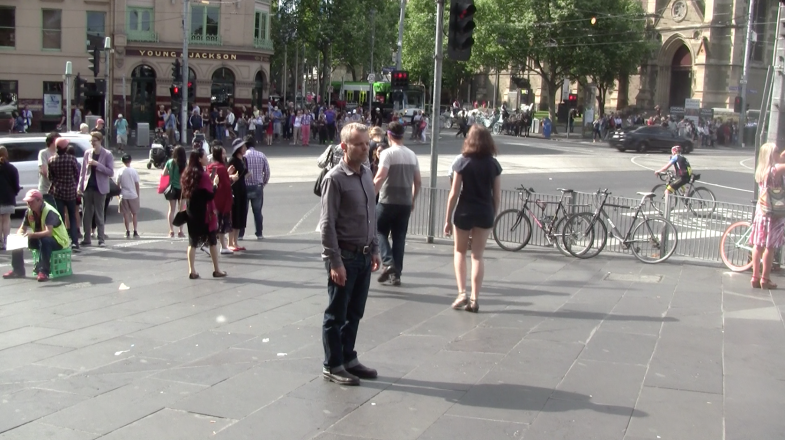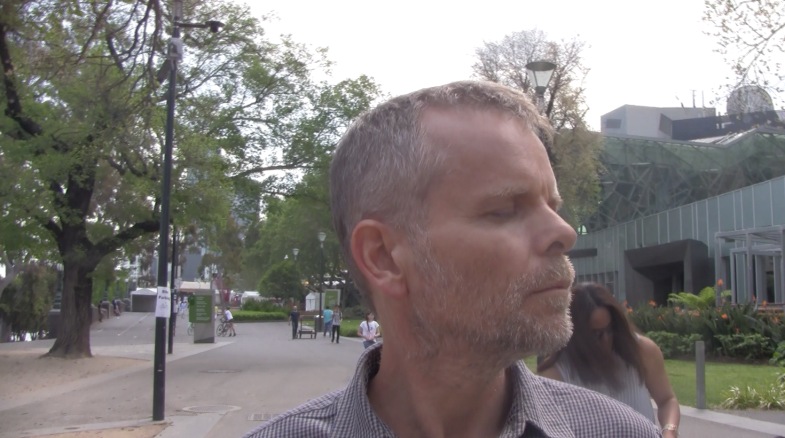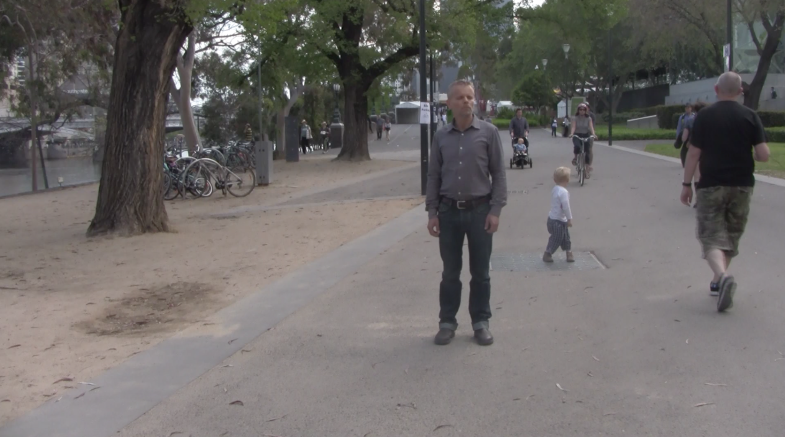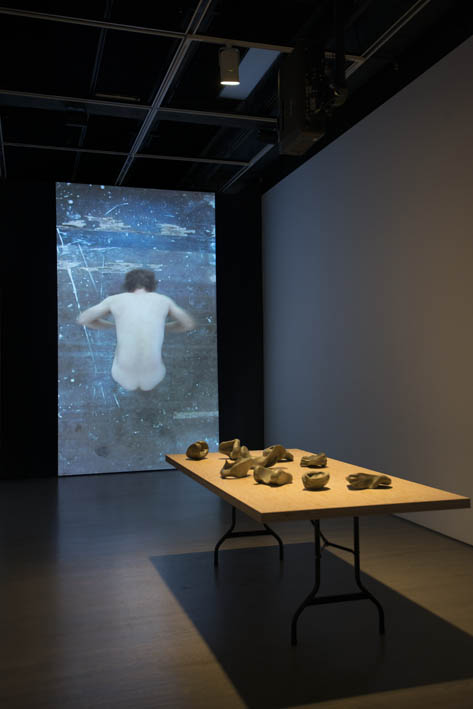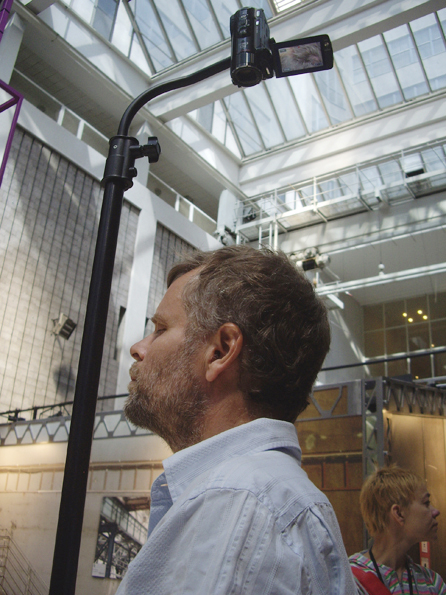Chris Braddock with dialogue group, Invitation to Dialogue, 2018–ongoing, In How To Live Together, AUT ST PAUL St Gallery, 2019, curated by Balamohan Shingade. Photos by Emily Parr.
On the occasion of How to Live Together, Chris Braddock invited a group to come together every Wednesday afternoon to dialogue in a manner proposed by quantum physicist David Bohm. The number of sessions totaled thirteen, mirroring the duration of Roland Barthes’ lecture course titled ‘How to Live Together’ and recalling the first session in which he said, “We’ll have to hold onto the unsustainable for thirteen weeks: after that, it will fade.”[1]
Braddock designed a shoes-off installation space involving rolled out carpet and modular cushions that developed a life of its own during the three-month exhibition. This is a profoundly transdisciplinary project between visual arts installation, performance art and collaborative design processes. As part of this process, artist Emily Parr photographed the project as an ongoing participant so as to avoid forms of external ‘documentation’. The images are therefore a collaboration with Emily.
Over the course of the exhibition a core group of dialogue participants emerged meeting every Wednesday. Following the ideas of David Bohm, a dialogue group tries to talk together without hierarchies. There are no leaders, no agenda or appointed topics of conversation, and no conclusions for the group to arrive at. Participants try to suspend their beliefs, opinions and judgements in order to shift the emphasis from the content of thoughts to the process of thinking. This might be a ‘movement of thought’ that emerges from a field of discontinuous and entangled experiences, fears, histories and stories. The intention of a dialogue group is to unravel the view that an individual’s thinking is all their own, singular and fragmented, as if “the one who thinks (the Ego) is at least in principle completely separate from and independent of the reality that they think about.”[2] As Chris Braddock writes in his email invitation to dialogue, remembering David Bohm, “Love will go away if we can’t communicate and share meaning…. If we can really communicate, then we will have fellowship, participation, friendship, and love, growing and growing.”[3] Learning from quantum entanglement, dialogue groups aim at opening up potential for what Bohm calls ‘participatory thought’, the possibility of a ground of being that never began or ends, and which unfolds from the environment.[4]
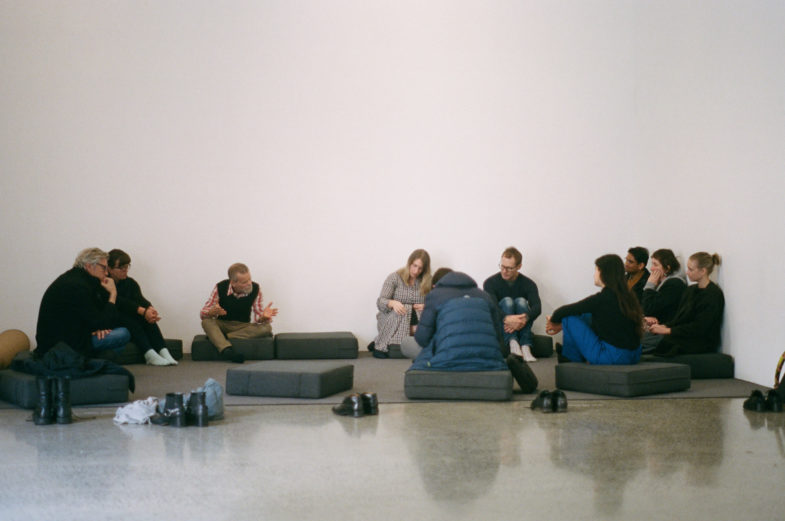
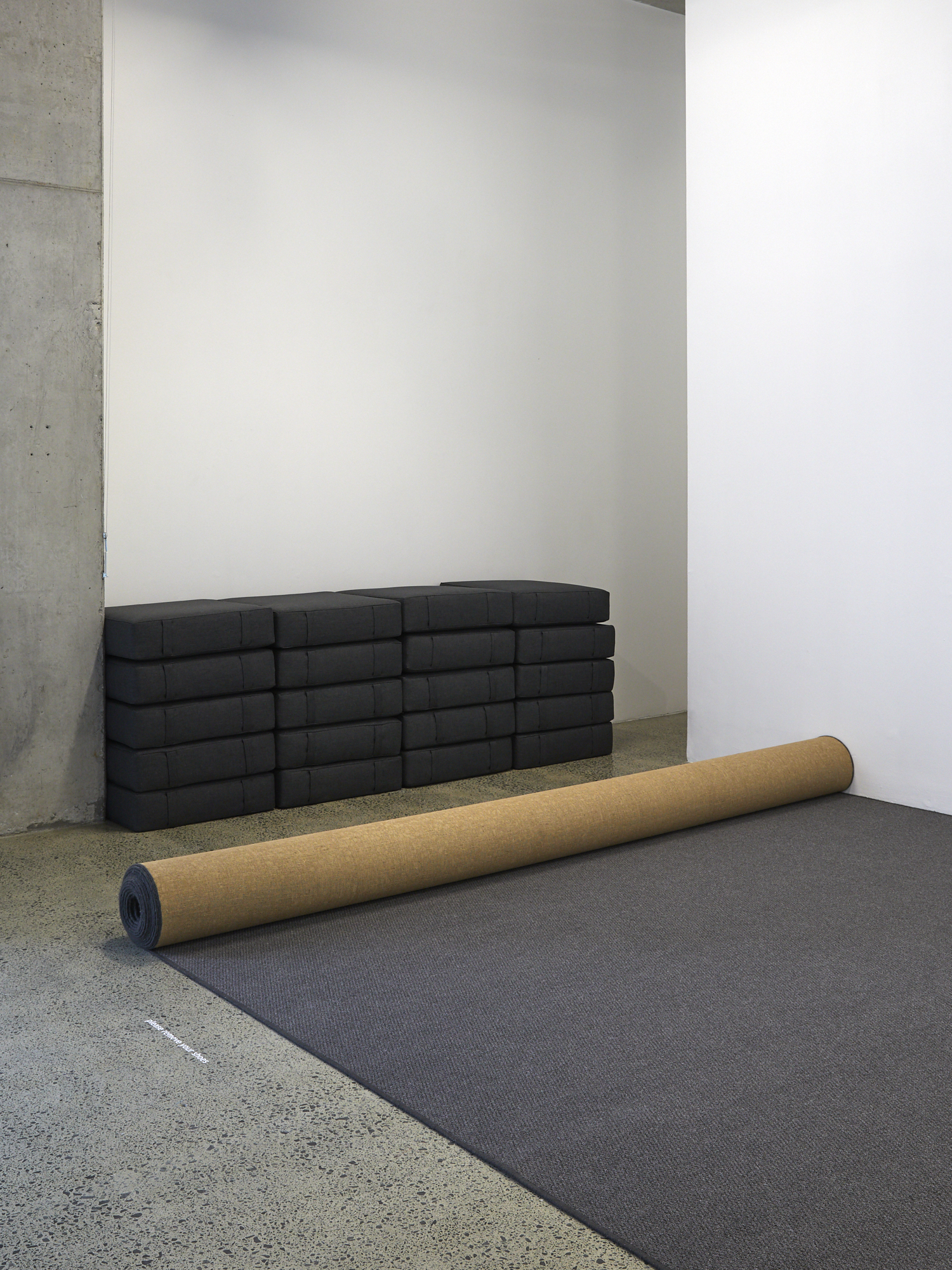
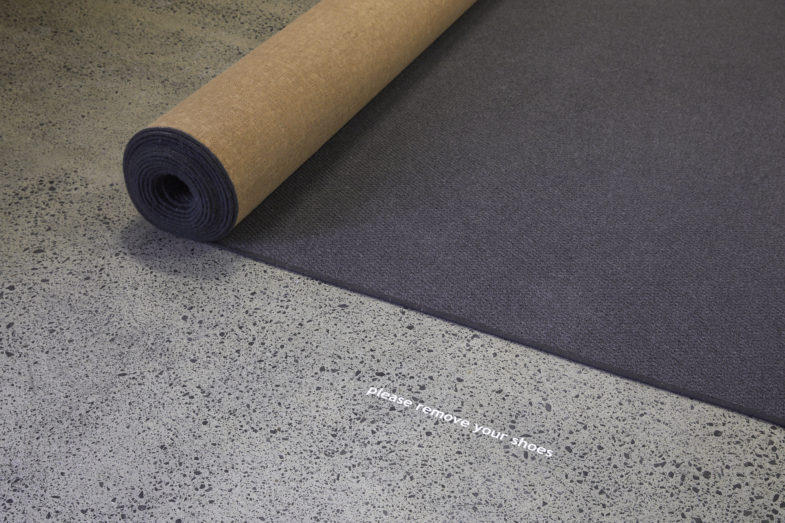
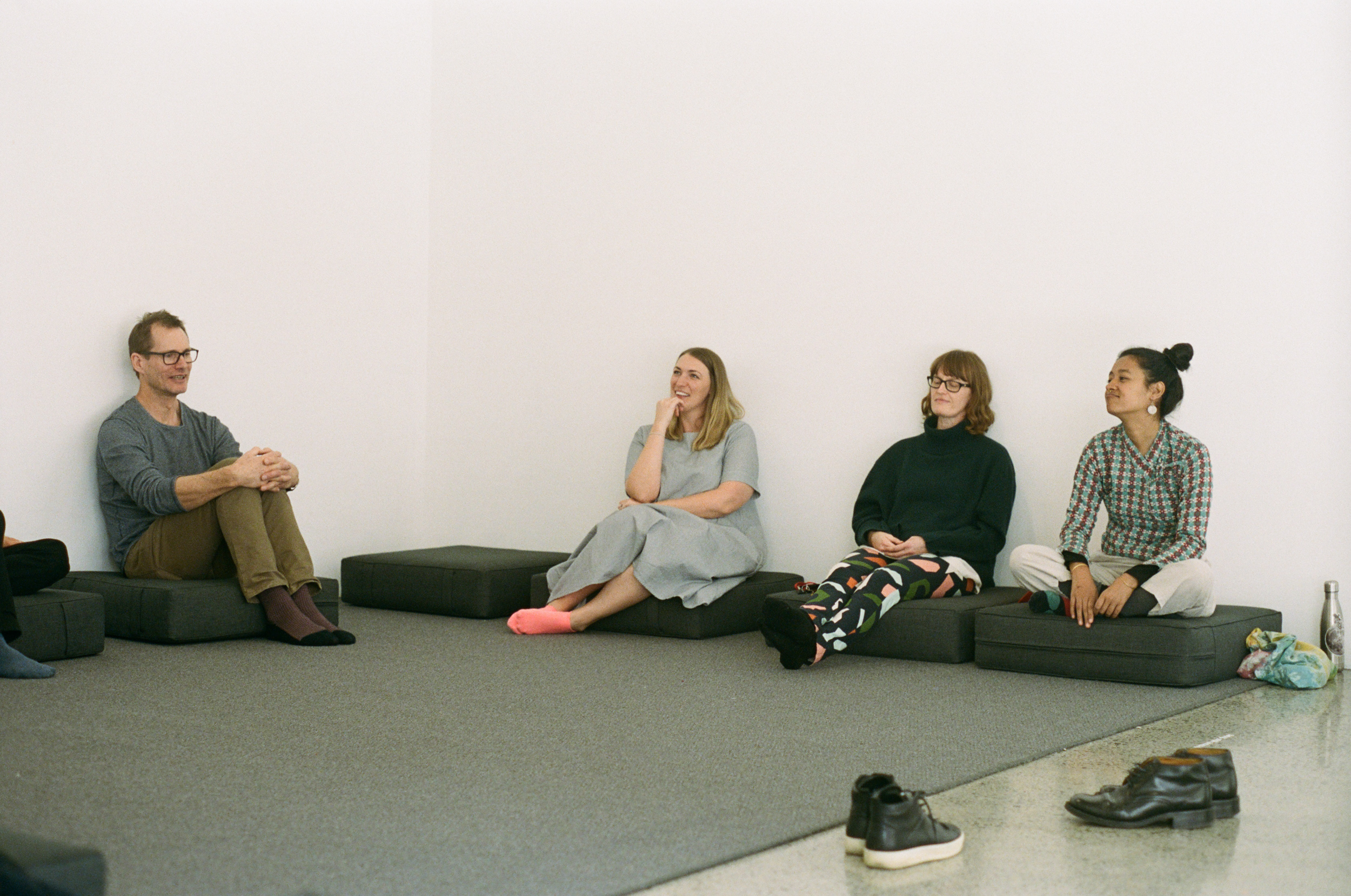

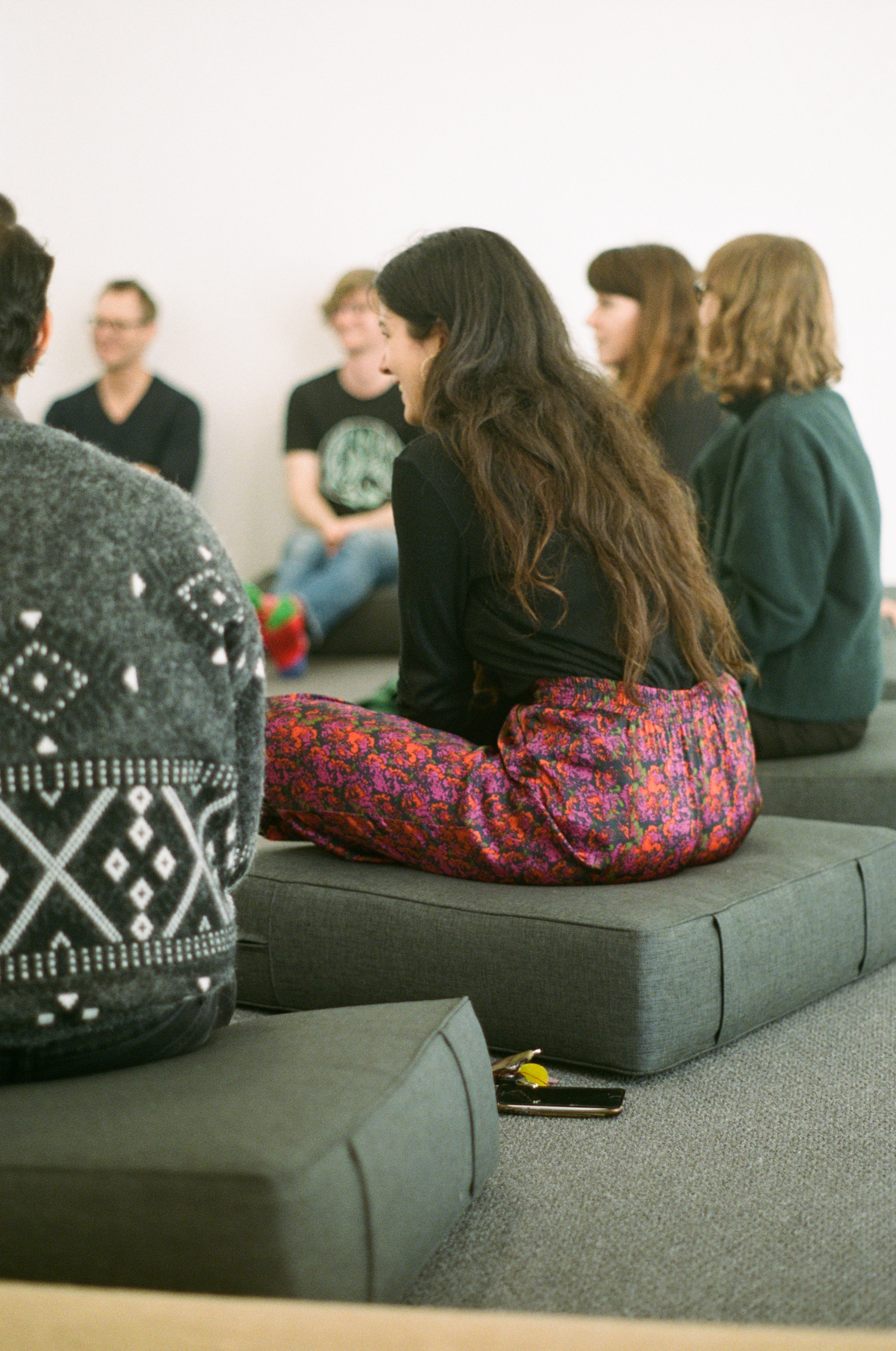

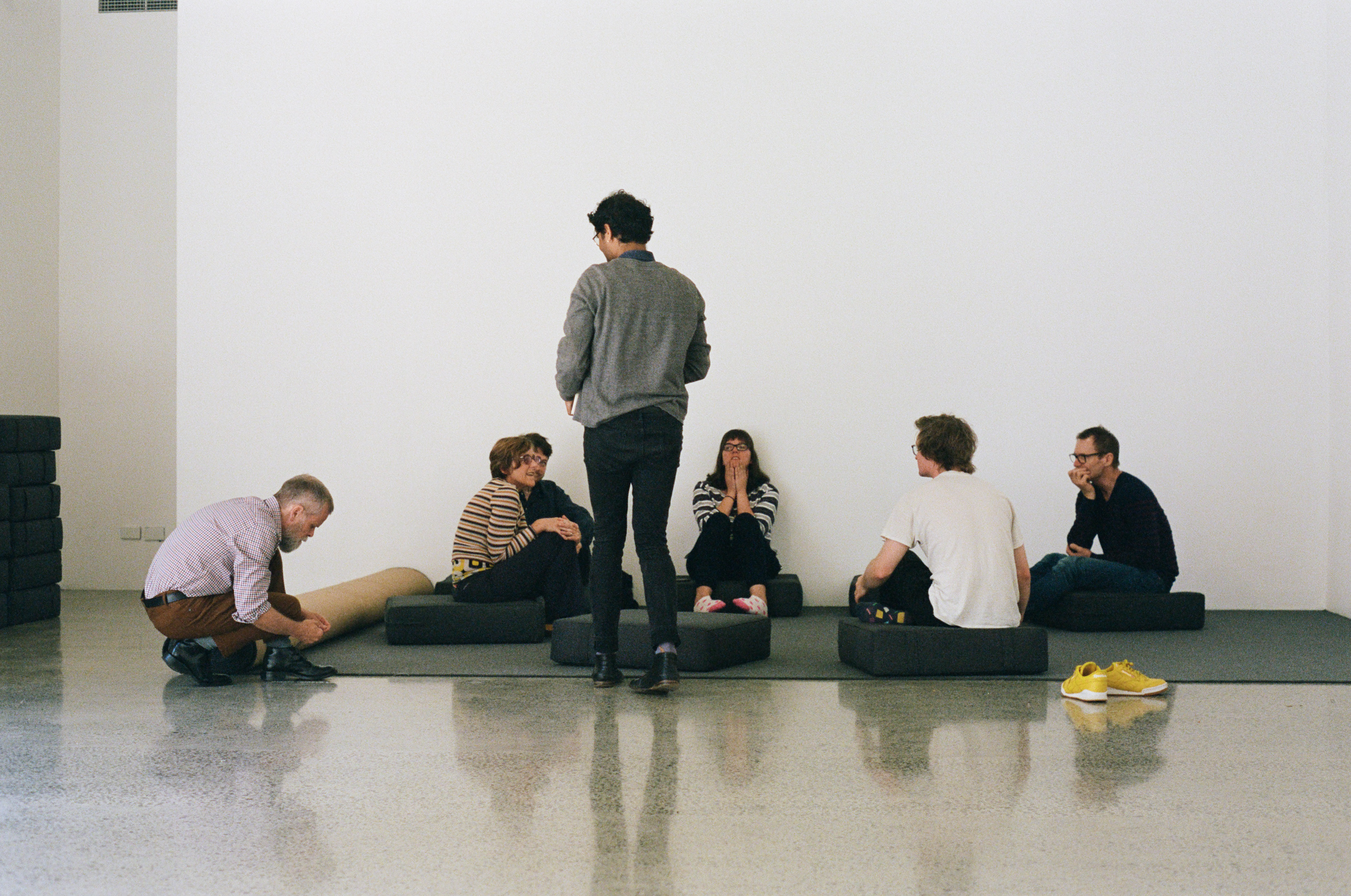

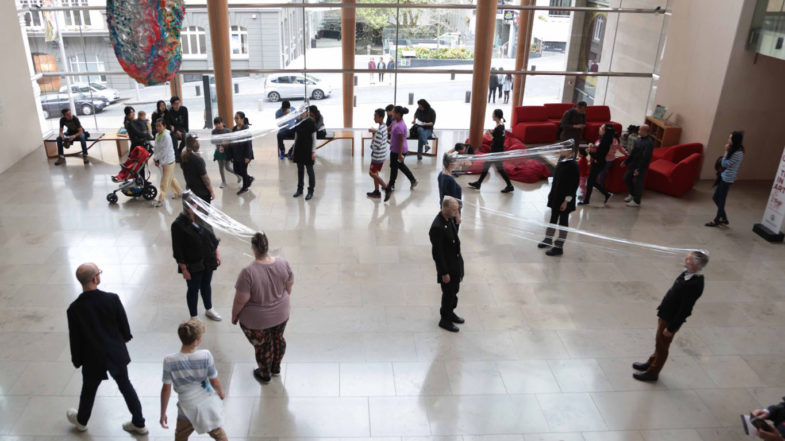
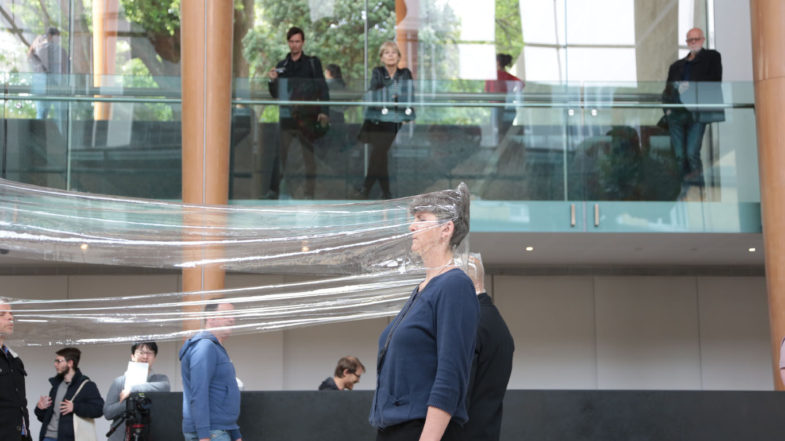
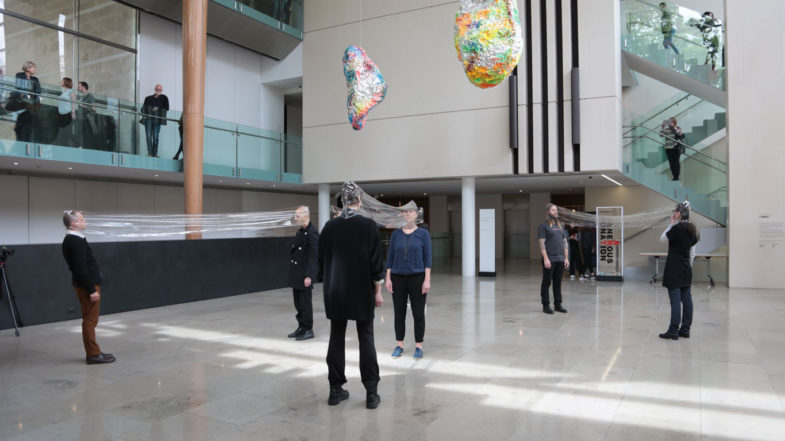
![Skull Acoustics (2016) [performance still]. Chris Braddock & Olivia Webb. PSi22. Melbourne 07.07.16. 577](http://www.christopherbraddock.com/wp-content/uploads/2016/08/Skull-Acoustics-2016-performance-still.-Chris-Braddock-Olivia-Webb.-PSi22.-Melbourne-07.07.16.-577-785x523.jpg)
![Skull Acoustics (2016) [performance still]. Chris Braddock & Olivia Webb. PSi22. Melbourne 07.07.16. 569](http://www.christopherbraddock.com/wp-content/uploads/2016/08/Skull-Acoustics-2016-performance-still.-Chris-Braddock-Olivia-Webb.-PSi22.-Melbourne-07.07.16.-569-785x523.jpg)
![Skull Acoustics (2016) [performance still]. Chris Braddock & Olivia Webb. PSi22. Melbourne 07.07.16. 564](http://www.christopherbraddock.com/wp-content/uploads/2016/08/Skull-Acoustics-2016-performance-still.-Chris-Braddock-Olivia-Webb.-PSi22.-Melbourne-07.07.16.-564-785x523.jpg)
![Skull Acoustics (2016) [performance still]. Chris Braddock & Olivia Webb. PSi22. Melbourne 08.07.16. 625](http://www.christopherbraddock.com/wp-content/uploads/2016/08/Skull-Acoustics-2016-performance-still.-Chris-Braddock-Olivia-Webb.-PSi22.-Melbourne-08.07.16.-625-785x523.jpg)
